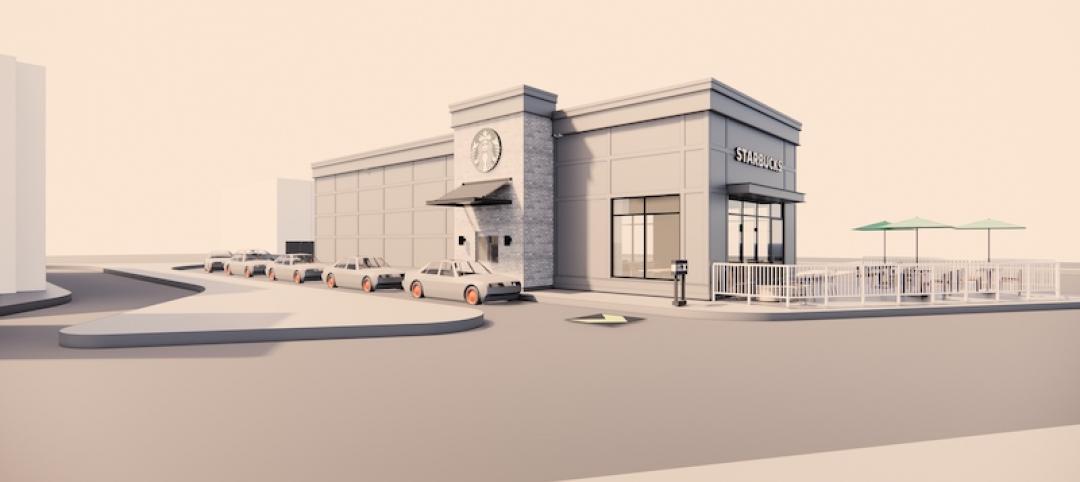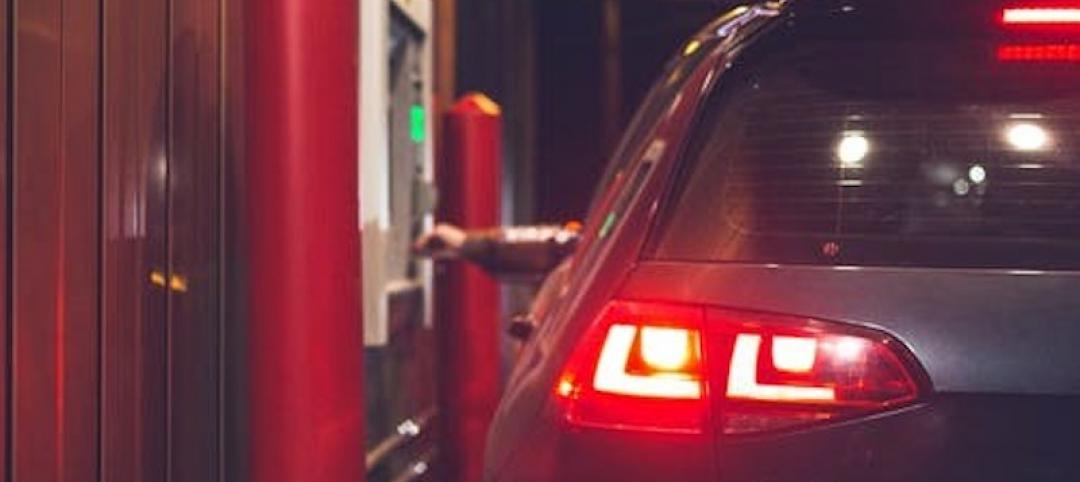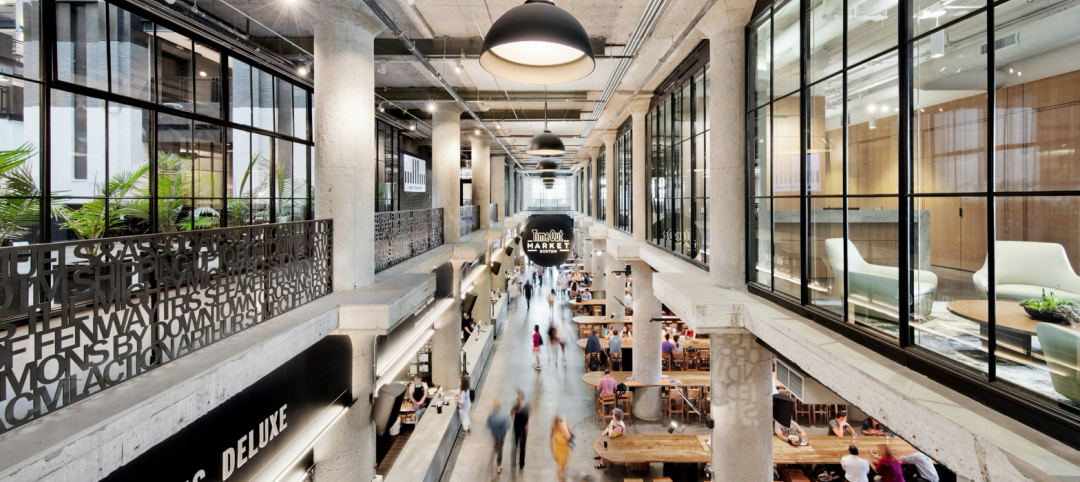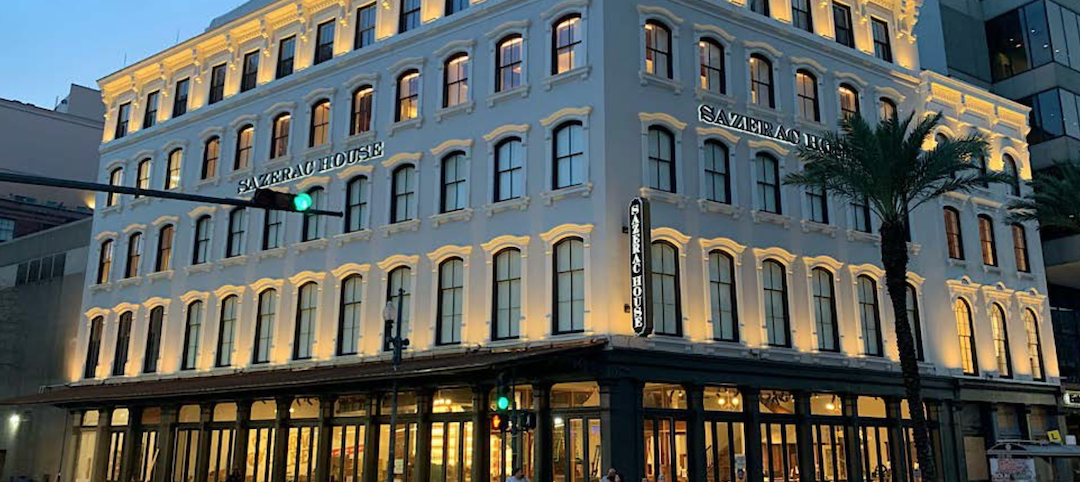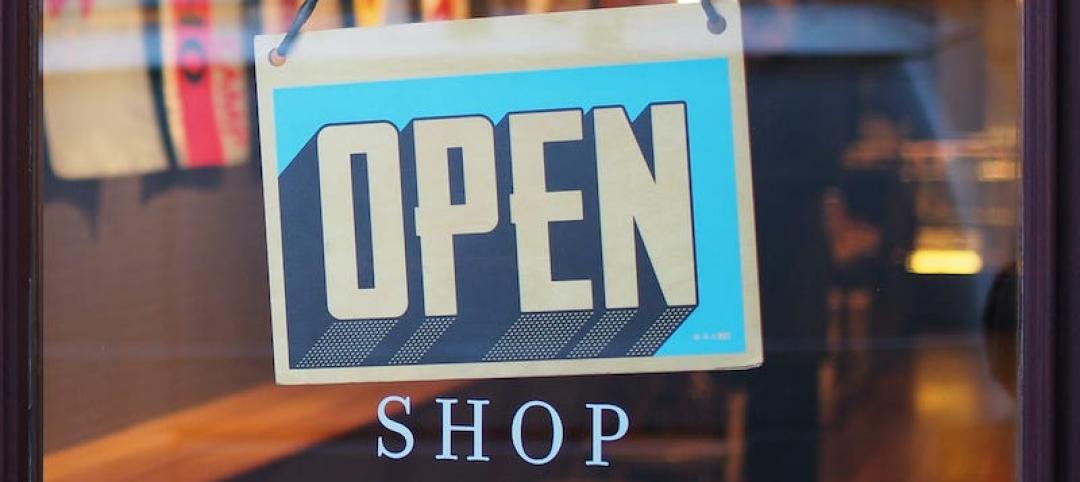E-commerce and mobile technology have drastically altered retail customers’ expectations on service and convenience. In January, Amazon opened its new concept store, Amazon Go. Customers simply grab items off of the shelves and walk out of the 1,800-sf store. Checkout and payment are handled automatically via the Amazon app on their smartphones. No lines. No cash registers. It’s the ultimate in brick-and-mortar shopping convenience.
“Change is the new norm,” says Justin Hill, AIA, LEED AP, Principal with MG2. “Retailers are looking for a silver bullet, knowing that there isn’t one, but that the search is important.”
The collapse of big chains like Toys"R"Us and tough going for stalwarts like Sears and JC Penney is often explained away as competition from Internet retailers. That’s an oversimplification, says Elaine Kleinschmidt, EVP of Strategy and Experience Design with WD Partners. “A lot of the problems stem from debt and bad real estate deals,” she says, noting that digital sales account for just 9-10% of overall retail sales. That leaves the lion’s share for physical locations.
See also: Top 130 Retail Architecture + AE Firms - 2018 Giants 300 rankings
See also: Top 65 Retail Engineering + EA Firms - 2018 Giants 300 rankings
See also: Top 90 Retail Construction + CM Firms - 2018 Giants 300 rankings
Still, a major shakeout is to be expected. “We’re overpopulated in retail square footage,” Kleinschmidt says. “The U.S. has quadruple the amount of retail space as other developed countries.” The number of malls nationwide has declined from about 1,100 to 825, 275 of which are in jeopardy, she notes.
Look for closed department stores to be repurposed into healthcare centers, fitness clubs, and even charter schools. E-tailers such as Wayfair, which is planning to open its first brick-and-mortar location in Boston this year, are testing the physical store option.
Retail brands must understand the changing behaviors of consumers as they adopt new technology and new physical store strategies. “Insights have to fuel the design process,” says Kleinschmidt. Among the avenues for improving the customer experience are better in-store and online technology, remodeling interior of stores, and opening smaller-format stores that cost less to own and operate.
“Retailers have so many options to invest in,” says Stephen Jay, Managing Director at Big Red Rooster, a JLL company. "Where to start?”
Clients shouldn’t let the latest technology or design trend lead them to overlook quality of service, Jay says. “The last moments of a shopping experience are where value is created or destroyed,” he says. Making it easy for customers to find what they are looking for, along with efficient checkout, boosts brand loyalty and can lead to greater sales. “If you save customers time, they are more likely to buy something for themselves or explore something new,” says Jay.
Amazon Go aces the convenience test. The store is rooted in convenience and efficiency. The compact layout and minimalist signage make items easy to find. The checkout process couldn’t be simpler. That's critical. “Amazon doesn’t want customers to have to learn new behaviors,” says Myra Vaughn, AIA, LEED AP, Principal with MG2.
Thousands of sensors embedded in the ceiling track customers' movements and the items they take off the shelves. Tracking which items are examined and put back on the shelf, for example, could give retailers insight into pricing, ingredients, and features customers are responding to.
Smaller-format stores address the efficiency issue, too, as customers can find items on their list more quickly than in big-box stores. Target reportedly plans to open 130 small-format stores by 2019. About one-quarter of the new 26,000-sf formats will be devoted to groceries. The intent is to stimulate consumers to make more frequent trips than they would to the company’s larger big-box stores.
Scaled-down store formats will be a consistent trend, says Hill. Having more than one format to implement gives retailers flexibility to serve customers in multiple ways. When a brand has small-format and larger-format stores in the same area, it could provide customers with an added convenience. “They may not have your size at one location, but if it is available in a different store in your area, the item could be delivered to your door,” says Bill Wittrock, AIA, Associate Principal with RSP.
Small-format stores, in particular, are likely to have moveable light fixtures and displays on casters so that store managers can reconfigure spaces easily. “They don’t know what they might need a store to do in five years,” Hill says, so the space must be adaptable as the mix of goods changes according to consumer tastes and trends. For items like shoes and clothing, consumers want to touch and try on the product. Other items may be popular online, and there will be less need to stock them on site.
See Also: 'Home away from home' is hoteliers' newest theme
IKEA recently embraced the small-format option with sites located between major metro areas that primarily serve as pick-up locations for online purchases. One of these small-format stores located between Pittsburgh and Columbus, Ohio, which are about four hours apart. Customers can pick up bigger furniture items that they’ve purchased online. Soon they will be able to use an augmented reality app to visualize what the products will look like in their homes before ordering. The Swedish retailer has also experimented with pop-up stores for specific items.
A retail startup, Appear Here, has recently emerged as a sort of “Airbnb for the retail market,” says Vaughn. The service matches product vendors and retailers with temporary pop-up store space. One trendy skate-culture brand recently opened a shop in an unused former New York City subway restroom, she says. These innovative format options could create social media buzz, a key to attracting Millennials and Generation Z shoppers.
“There will be more emphasis on engagement with products,” notes Ryan Sommers, AIA, LEED AP, Associate with RSP. Test kitchens, such as those made popular by the foodie store Eataly, are one such example, he says.
Physical stores will change, says Kleinschmidt, but "brick and mortar is not going away.”
Related Stories
Sustainability | Mar 9, 2021
First-of-its-kind Starbucks built in just six days
The store is set to open in Canada in mid-March.
Retail Centers | Mar 2, 2021
Retail expectations vs reality in 2021
The reality of retail success in 2021 is proving to be based on a formula of mixing digital with the physical in pursuit of convenience.
Market Data | Feb 24, 2021
2021 won’t be a growth year for construction spending, says latest JLL forecast
Predicts second-half improvement toward normalization next year.
Healthcare Facilities | Feb 18, 2021
The Weekly show, Feb 18, 2021: What patients want from healthcare facilities, and Post-COVID retail trends
This week on The Weekly show, BD+C editors speak with AEC industry leaders from JLL and Landini Associates about what patients want from healthcare facilities, based on JLL's recent survey of 4,015 patients, and making online sales work for a retail sector recovery.
Reconstruction Awards | Jan 30, 2021
Repositioning of historic Sears Roebuck warehouse enlivens Boston’s Fenway neighborhood
Developer Samuels & Associates asked Elkus Manfredi Architects to reimagine the former Sears Roebuck & Co. warehouse in Boston’s Fenway neighborhood as a dynamic mixed-use destination that complements the high-energy Fenway neighborhood while honoring the building’s historical significance.
Reconstruction Awards | Dec 29, 2020
The reenvisioned Sazerac House: A delectable cocktail that's just perfect for the Big Easy
The 51,987-sf Sazerac House is an interactive cocktail museum, active distillery, corporate headquarters, and event venue, all under one roof, next to the historic French Quarter of New Orleans.
Giants 400 | Dec 16, 2020
Download a PDF of all 2020 Giants 400 Rankings
This 70-page PDF features AEC firm rankings across 51 building sectors, disciplines, and specialty services.
Giants 400 | Dec 2, 2020
2020 Retail Giants: Top architecture, engineering, and construction firms in the U.S. retail building sector
Gensler, Jacobs, and PCL Construction top BD+C's rankings of the nation's largest retail sector architecture, engineering, and construction firms, as reported in the 2020 Giants 400 Report.
Retail Centers | Nov 17, 2020
The coming automation of retail brick and mortar
The demise of retail brick and mortar is overstated and unwarranted - we see digital transformation offering brick and mortar a path forward for the physical store.



